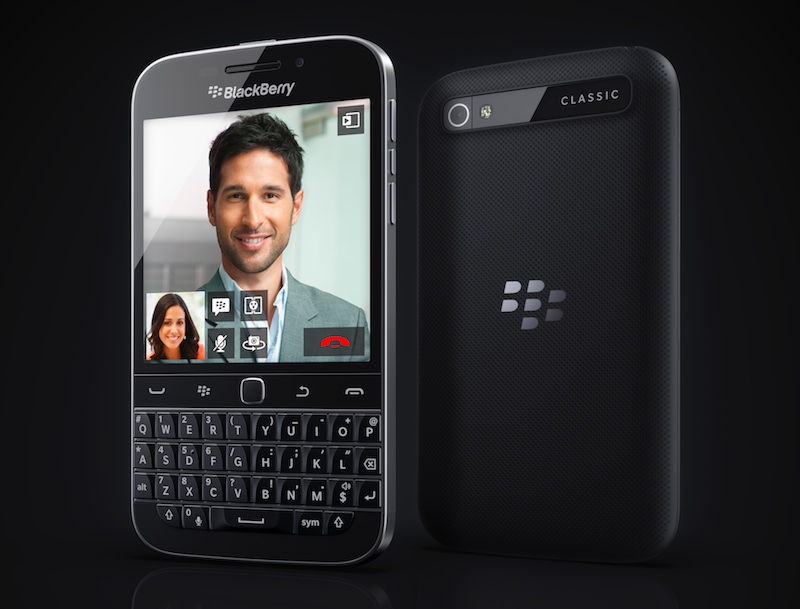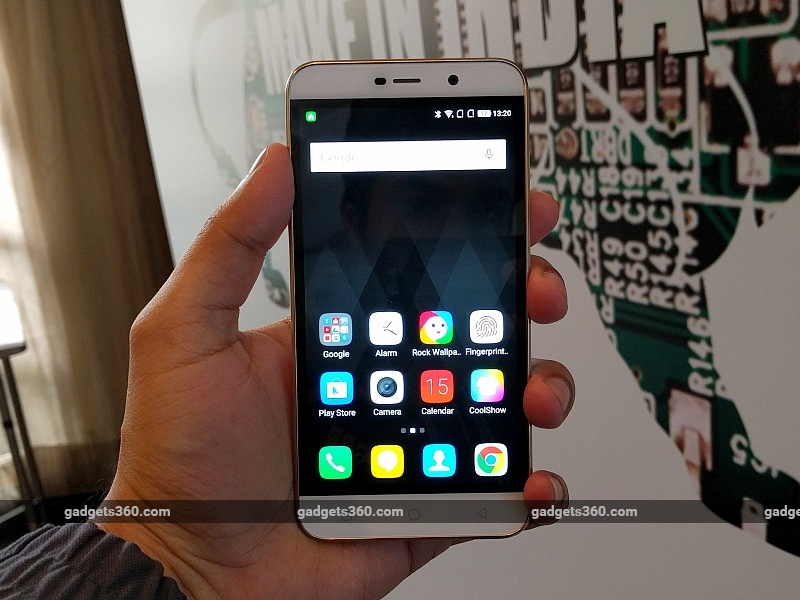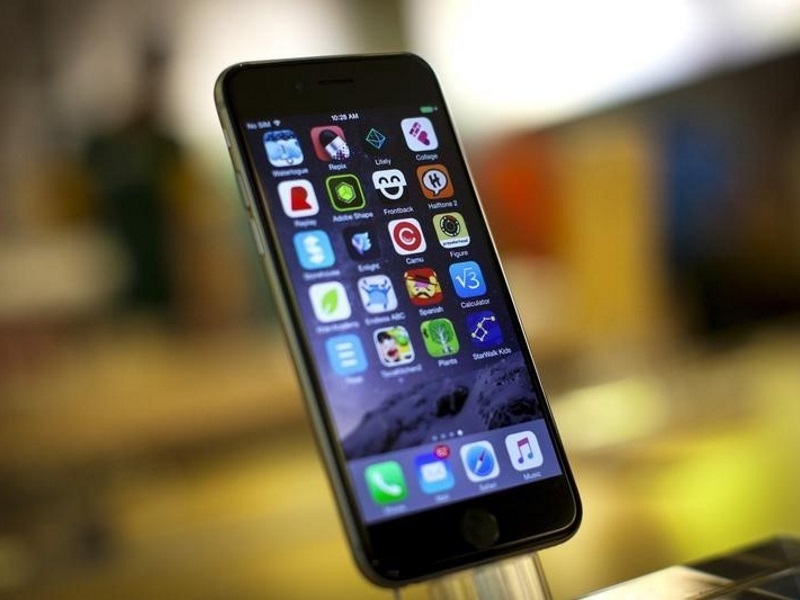
South Korean consumer electronics giant Samsung is reportedly planning to launch its answer to Apple's Live Photos, which was introduced with the iPhone 6s and iPhone 6s Plus. The new feature is said to be set to debut with the upcoming Galaxy S7 flagship.
According to a report citing an unnamed Samsung software engineer, the feature will also see a wider rollout as a part of future software updates in other Galaxy handsets as well. Android Geeks reportsthe feature will be called either Timeless Photos or Vivid Photos.
However, the feature will not be capturing sound with the photo, the report adds. This will enable users to more easily share the resultant images on Facebook or other social media, in the form of gif images. Since we are still far from the actual launch of the smartphone and have not got any official statement from Samsung for the feature, we advise users to take the news with a pinch of salt.
In a recent report, Samsung was said to be planning to concurrently launch three variants of the Galaxy S7. Apart from the Galaxy S7, it will reportedly launch the Galaxy S7 Edge and the Galaxy S7 Edge+ alongside.
Multiple reports suggest that Samsung will utilise the Mobile World Congress event for the launch, scheduled from February 22 to February 25.
As for what to expect from the Samsung Galaxy S7, the smartphone is expected to offer top-of-the-line hardware specifications and features including an iris scanner. Samsung was previously tipped to have a Galaxy Unpacked 2016 event scheduled for February 20.
According to a report from earlier, the Galaxy S7 will feature a 5.1-inch Super Amoled display with a QHD (1440x2560 pixels) resolution. The Galaxy S7 Edge is said to have a 5.5-inch Super Amoled display, also with a QHD (1440x2560 pixels) resolution.
Both the handsets are rumoured to be either powered by Exynos 8 octa-core (Exynos 8890) or Snapdragon 820 processor, coupled with 4GB of RAM. They are expected to come in two storage options: 32GB and 64GB and support expandable storage up to 200GB via microSD card. On the camera front, both the smartphones are rumoured to feature a 12-megapixel camera with f/1.7 aperture.

















